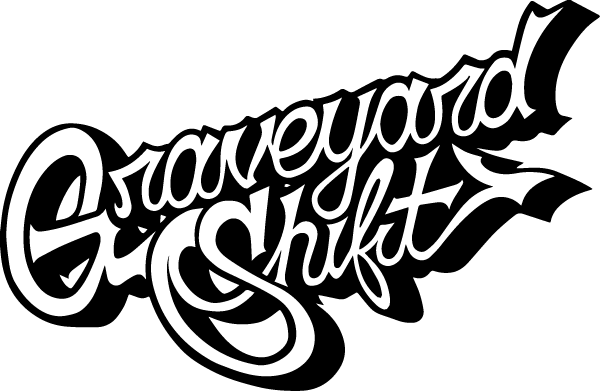Military Cap Fashion: A Historical and Revolutionary Trend
The military cap, a staple in the armed forces, has transcended its traditional utility to become a significant element in the world of fashion. This accessory, marked by its distinct style, has carved a unique niche in the sartorial realm, blending functionality with fashion. In this article, we dive into the fascinating journey of military cap fashion, from its historical origins to its modern-day influence.
The Historical Origins of Military Caps
The military cap has a storied history that dates back centuries. Originally designed for practical purposes, these headgear pieces were integral to soldiers’ uniforms, serving to protect them from harsh environmental elements and to signify rank and unit affiliation. Key historical milestones include:
- 16th Century: The early prototypes of military caps, such as the shako, emerged, heavily influenced by European militaries.
- 19th Century: Caps like the kepi and the forage cap became standard in various armies, including the French and American forces.
- World War I and II: The garrison cap and the peaked cap became iconic symbols of military personnel during these global conflicts.
Each evolution in design was a response to the changing needs of warfare, terrain, and the advancement in materials technology. These military caps were not just functional but also came to symbolize bravery, honor, and discipline.
The Evolution of Military Caps in Fashion
As military caps transitioned from the battlefield to the fashion runway, their robust and utilitarian aesthetic caught the eye of designers and fashion enthusiasts worldwide. The evolution of military caps in fashion can be attributed to several pivotal factors:
The Influence of Pop Culture
During the mid-20th century, military caps began to appear in pop culture, often donned by influential figures and celebrities. Icons like James Dean, Elvis Presley, and later, pop stars and movie actors, helped to mainstream military-inspired fashion. The image of a rugged, rebellious individual sporting a military cap resonated with the youth and catalyzed a new fashion trend.
Rebellion and Counterculture
The counterculture movements of the 1960s and 70s also embraced military caps as a symbol of resistance and individuality. During protests against the Vietnam War, for instance, these caps were worn not just for their aesthetic appeal but as a statement against establishment norms. This period marked a significant shift in the cap's cultural symbolism.
High Fashion Adoption
Designers from haute couture to streetwear have incorporated military caps into their collections. Brands like Chanel, Gucci, and Balenciaga have all paid homage to these timeless pieces, blending luxury with the rugged, disciplined charm of military headgear. The caps have been reimagined in various materials and adorned with contemporary embellishments, making them versatile accessories for any wardrobe.
Modern-Day Military Cap Fashion: A Revolutionary Trend
Today, military caps are no longer confined to the realm of the military or radical subcultures. They have become a mainstay in everyday fashion, characterized by their adaptability and timeless appeal. Here’s how military caps are revolutionizing modern fashion:
Versatility- Military caps can be paired with a wide range of outfits, from casual jeans and tees to more tailored, formal attire.
- Their design, often minimalist yet robust, complements various fashion styles, including streetwear, athleisure, and even chic, polished looks.
- These caps are celebrated for their unisex appeal, making them a popular choice across gender lines.
- Fashion brands have embraced this, offering military caps in diverse designs and sizes suitable for all genders.
Sustainable Fashion
As the fashion industry moves towards more sustainable practices, military caps, with their durability and timeless design, align well with this shift. They are often made from sturdy materials that withstand the test of time, reducing the need for frequent replacements and contributing to a more sustainable wardrobe.
How to Style Military Caps
Incorporating a military cap into your outfit can elevate your style effortlessly. Here are some creative ideas on how to wear these iconic caps:
Casual Chic
- Pair a vintage military cap with distressed jeans, a white tee, and a leather jacket for a rugged yet stylish look.
- Opt for a camo-patterned cap with cargo pants and a hoodie for a modern, street-style vibe.
Smart Casual
- Combine a sleek black military cap with a tailored blazer, chinos, and loafers for an outfit that balances casual and formal elements.
- Wear a navy military cap with a button-down shirt, denim jacket, and slim-fit trousers for a polished yet relaxed ensemble.
Bold and Fashion-Forward
- Experiment with military caps in bright colors or those featuring unique embellishments, pairing them with monochrome outfits to let the cap stand out.
- Layer a graphic tee under a utility jacket and accessorize with a vintage military cap for an edgy, contemporary look.
Conclusion
Military cap fashion is undeniably a trend that marries history with modernity. Its journey from the battlefield to the fashion runway underscores its versatility and enduring appeal. With its roots deeply embedded in history and its branches extending into every fashion genre, the military cap continues to be a revolutionary accessory. Embracing a military cap in your wardrobe is not just a nod to timeless style but also a celebration of a rich cultural legacy.
Whether you’re looking to add a touch of rebellion, create a fashion-forward statement, or simply appreciate the practical elegance of these caps, there is no denying their transformative impact on fashion. The next time you don a military cap, wear it with the pride and valor it embodies.

